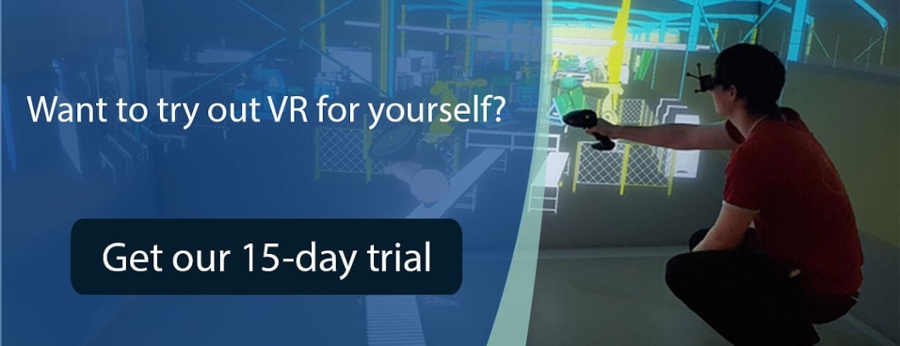Have you seen 2020’s Hype Cycle for Emerging technologies from Gartner?
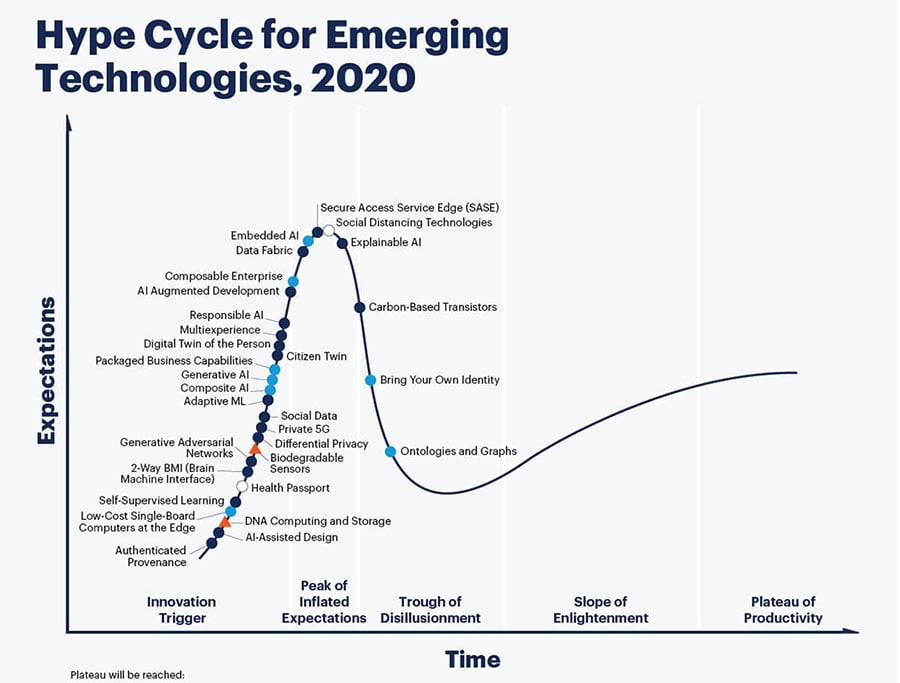
Notice anything? Take some time to look at all the emerging technologies. Isn’t there something missing? Where is Virtual Reality? In a world where social distances and virtual collaboration has become essential to many industries, how come a technology like VR vanish from the Gartner Hype Cycle?
What is Gartner Hype Cycle?
When new technologies make themselves known, everyone and their colleagues will talk about it. It’s called a hype. But how do you know when there’s really a commercially viable new technology, and when it is just a hype? And even if today it is just a buzz word that makes many industrials salivate, how about in the next two, five, or ten years? Maybe this disruptive innovation will really benefit enterprises in the long run. The Gartner Hype Cycle offers a graphic representation and a methodology to view how technology trends will evolve over time.
What does it mean to have a technology on the Gartner Hype Cycle?
Gartner releases their vision of technological trends every year. The position of said technology will inform you on the potential of the technology. Of course, how you will use this information will depend on your particular Use-Cases, industry and if you like to place risky bets or not.
Let’s take VR for example. Virtual reality works by immersing the users in a computer-generated virtual world. We, at TechViz, work on VR software for engineers since 2004, back when VR wasn’t a thing yet (or was it?). The first people who worked with us were early adopters of VR technologies: they didn’t know if the investment was totally worth it (especially in terms of immediate ROI, many other benefits were already very clear), but they were willing to take the risk to reap the rewards. And they did! 3D-model visualization in virtual reality helped these companies to substitute their physical prototypes with virtual ones, and much more. Most of enterprise VR benefits is really about offering user-friendly methods and tools to create, collaborate and optimize products from design-to-market.
But for other companies, a moderate approach for the adoption of virtual technologies (weather it is a Virtual reality system made of a VR headset, a Powerwall or a virtual reality CAVE) was more appropriate. Some executives need to run a cost/benefits analysis before integrating it into their processes. And even then, some people prefer to wait for the maturation of the emerging technology and know the ROI of VR before investing.
How do you read a Gartner Hype Cycle?
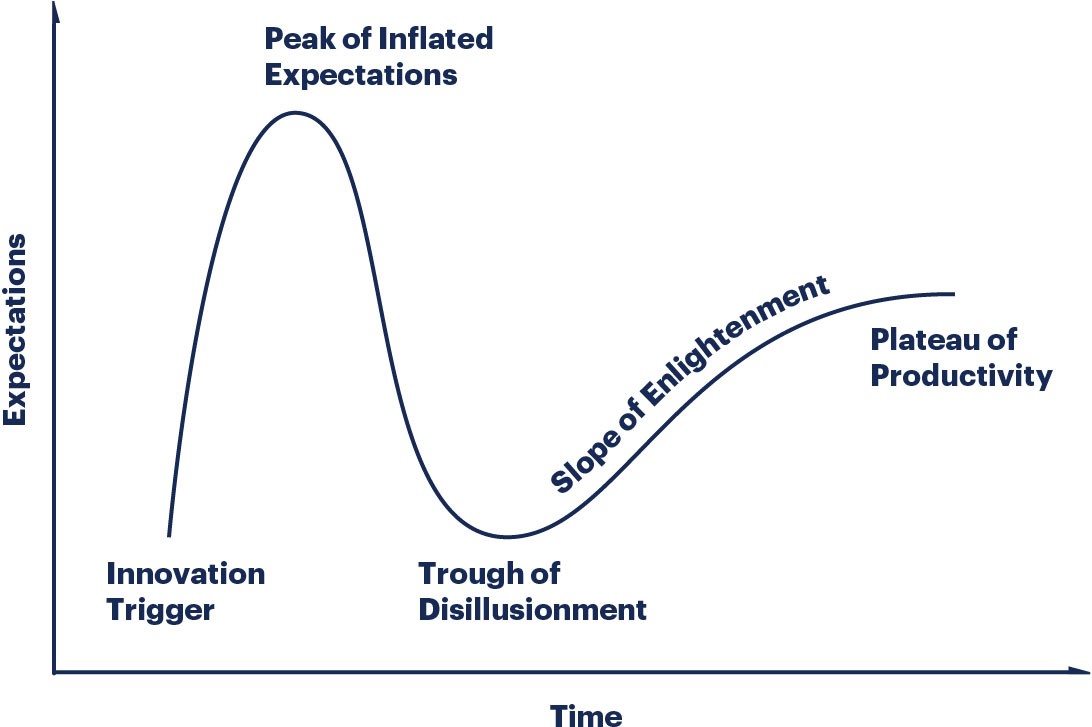
As you can see, the Hype Cycle shows the different phases of a technology life cycle:
- The innovation triggers
- The peak of inflated expectations
- The through of disillusionment
- The slope of enlightenment
- The plateau of productivity
A potential breakthrough innovation will start at the “Innovation trigger”. Basically, it’s what the media will advertise. The product isn’t commercially viable and might even not exist. From that point, an early-adopter will try the new technology and add to it, until the interest reaches its peak and finally wanes. At that point, if the early adopters stop believing in the product, it will stop existing. Then, as people start to understand how it works, the technology will finally reach the infamous plateau and be ready for mainstream adoption.
The hype of Virtual Reality
Virtual Reality seems like news to you? Well, not really. VR is ancient history. But it’s also the future of work. Not only was there a lot of research on the subject, but also attempts at creating mainstream VR products. Gamers from the early 90’s might remember Nintendo’s virtual boy. It had a head-mounted device that enabled the player to see a red monochrome display. It relied on parallax effect to create the illusion of depth. However, because it had been pushed too soon on the market in 1995, the device was a commercial failure. Distribution was stopped in 1996.
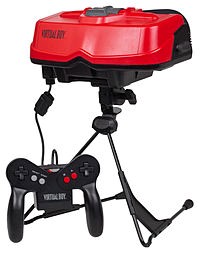
In fact, the very first Gartner Hype Cycle in 1995 already placed VR in the “through of disillusionment”. 25 years later, we can say they have not been entirely wrong. But they were not right either. Until it was recently rediscovered by the general public (mostly through video games), VR survived many hypes in the CAVEs of different research institute and big companies. And thanks to the various Head Mounted Display (HMD) on the market today, augmented and virtual reality have finally been revived.
Did VR really disappear from the hype cycle?
Let’s go back in time, in the second half of the year 2018. After climbing its way up on the “Slope of Enlightenment", virtual reality was expected to reach the "Plateau of Productivity". But from that very point in time, VR had vanished from the Gartner Hype Cycle. But in the same time, augmented reality (AR) was in the "valley of disappointment", and mixed reality (MR), which implies both the use of virtual and augmented reality, was descending from the peak. So what? Was VR back to the “Through of disillusionment”, just when it was considered mature enough for mainstream use (engineers and gamers altogether)?
According to Gartner, VR was on the “Slope of enlightenment” in 2017. But in 2018, VR had simply disappeared from the graphic. The reason that Gartner gave was that VR technologies were almost mature, and didn’t need to be evaluated as a new technology. But in fact, if VR has kept existing in one form or another, it’s because this technology greatly depends on other technologies that are constantly evolving: computer-graphics and rendering, processors, cloud technologies, 5G, display technologies… But try all you like; Virtual Reality technology will always sound sexier than Internet bandwidths.
Virtual reality has always given a competitive edge to industrials. In the 90’s, only the biggest companies could afford a PowerWall or a Cave. Today, everyone can afford a mainstreamHMD, which means that all the advances that will make the future of VR technologies will not only be done by big groups, but also medium and small-sized business, or even independent teams. Of course, for more specific use case requiring a high-end head-mounted display, a Powerwall or a CAVE, that are in use for VR, the price gets steeper. Enterprise VR is where VR is still edging from hype to hope. VR engineering is not just a headset, it’s an entire ecosystem with a head-mounted or a projection-based display, and a VR software such as TechViz.
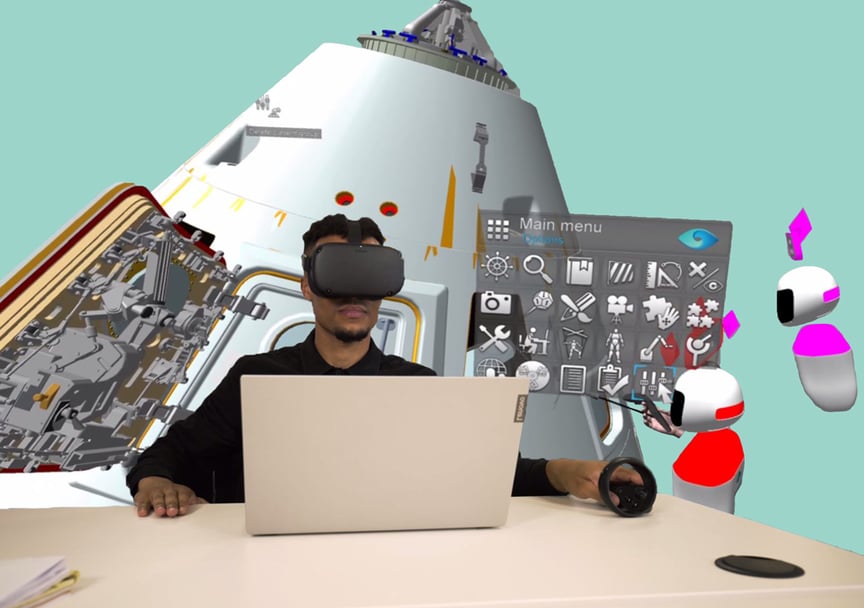
TechViz is an engineering virtual and augmented reality software made for 3D models visualization. Using virtual reality for industrial uses benefits many sectors. The immersion in your own 3D data enables you to visualize your CAD model in a real-like VR environment, but also to run simulations, even with big models. Our software is compatible with any tethered and standalone headsets (Oculus Rift and Quest, HTC Vive, Varjo, Pimax, HP Reverb…), and more than 200 CAD applications. It is ideal for reviewing a prototype in a fully immersive experience, or put specialized workers in a virtual reality training. Our system may be augmented with other wearable technologies or sensory displays that enables for motion-tracking.
Want to know more about our virtual reality solutions for business? Check-out our other articles on the subject:
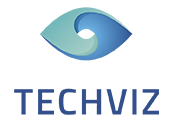





 Back to Blog
Back to Blog
